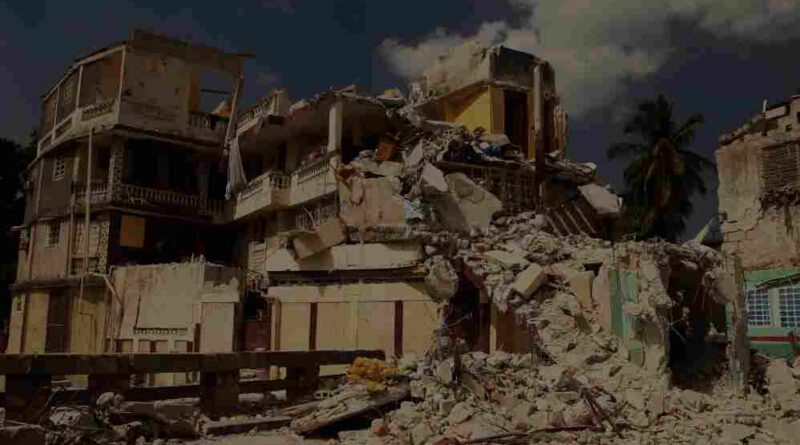Afghanistan Earthquake: Hundreds Dead, Thousands Injured as Tremors Rock the Region
A Midnight Disaster
Late on the night of August 31, 2025, the ground shook violently across eastern Afghanistan. What began as a low rumble quickly turned into a powerful magnitude 6.0 earthquake, tearing through rural provinces and leaving devastation in its wake. Within seconds, entire villages crumbled, families were buried under debris, and lives changed forever.
The quake struck with a shallow depth, making its force particularly destructive. The epicenter, located near Jalalabad in Nangarhar province, was close enough to heavily populated areas to cause widespread panic. Buildings swayed in Kabul, and tremors were felt as far as Islamabad, Pakistan.
The Human Toll
By morning, the scale of the tragedy became painfully clear. More than 600 people lost their lives, and at least 1,500 were injured, many of them critically. Hospitals were overwhelmed as survivors with broken bones, head injuries, and burns poured in. Makeshift medical camps were quickly set up in courtyards, schools, and mosques.
Entire families have been lost. Villages in Kunar province were among the hardest hit, with reports that several were completely flattened. Rescue workers described heart-wrenching scenes: parents digging through rubble with their bare hands, children crying for loved ones, and neighbors forming human chains to lift debris in search of survivors.
Race Against Time
Rescue operations have been complicated by landslides, which blocked key mountain roads. Emergency teams are relying on helicopters to reach isolated areas and evacuate the wounded. In some regions, survivors have been forced to spend the night outdoors in the open, with no shelter, food, or clean water.
Authorities confirmed that hundreds of bodies have already been airlifted to hospitals, but many more are believed to be trapped under collapsed structures. Volunteers and aid organizations are working side by side, distributing blankets, tents, and basic supplies to families who have lost everything.
Why Afghanistan Is So Vulnerable
Afghanistan sits on a seismic fault line, making earthquakes a recurring danger. The rugged terrain, combined with widespread poverty, means that most homes are built from mud and stone—structures unable to withstand strong tremors. This is not the first tragedy of its kind; previous earthquakes have claimed thousands of lives, and each new disaster highlights the urgent need for stronger infrastructure and better preparedness.
Shockwaves Across the Region
The earthquake’s impact was not confined to Afghanistan. In neighboring Pakistan, high-rise apartments swayed, sending residents rushing into the streets. From Kabul to Islamabad, fear spread quickly as people relived memories of past quakes.
Calls for Global Solidarity
Afghanistan’s humanitarian crisis has deepened. Survivors now face not only grief and injuries but also homelessness and hunger. Aid workers warn that without immediate assistance, the death toll could rise due to exposure, untreated wounds, and lack of medical care.
There are growing calls for the international community to step in—supplying emergency aid, supporting medical teams, and helping rebuild communities. Local officials emphasize that Afghanistan cannot recover alone.
A Nation in Mourning
As funerals begin and families grieve, the nation is united in sorrow. The sound of weeping mixes with the echoes of rescue equipment breaking through rubble. Amid the despair, stories of resilience emerge—neighbors pulling survivors to safety, doctors working without rest, and communities sharing the little food they have left.
This earthquake is a devastating reminder of Afghanistan’s fragility—but also of its people’s unbreakable spirit. Even as the earth shakes beneath them, they rise again, determined to rebuild, to survive, and to hold on to hope.
Disclaimer
The information and content shared on digitalgithub.com — including articles, blogs, news, guides, and other resources — is intended for general informational and educational purposes only. We do not guarantee the completeness, reliability, or suitability of any information. Always seek the guidance of a qualified professional before making decisions based on the information you read. Use this site at your own risk.

